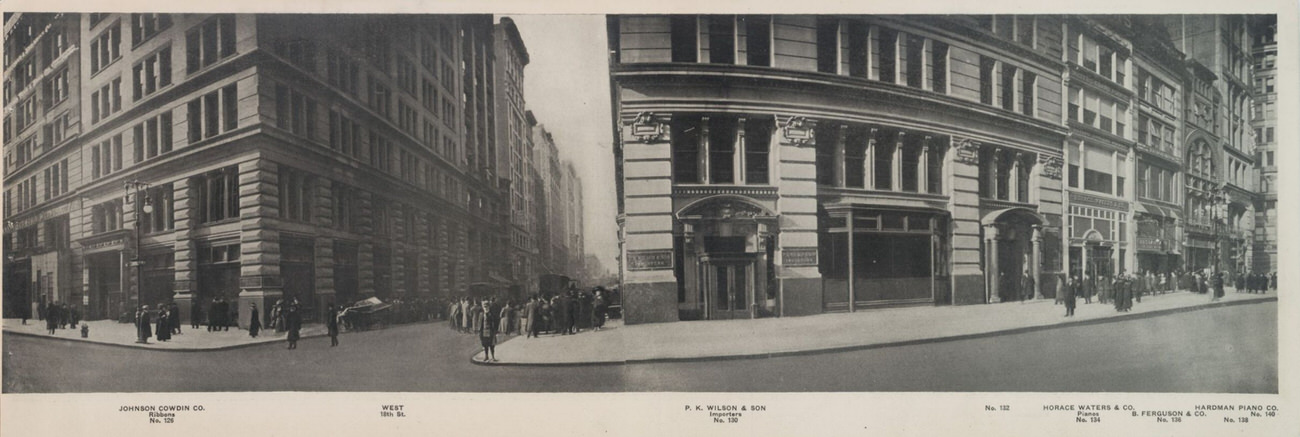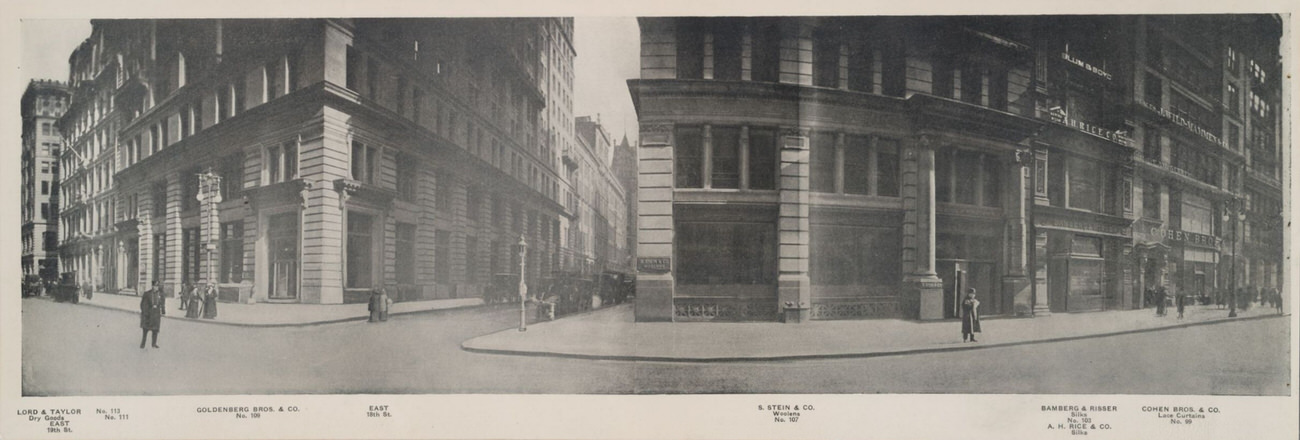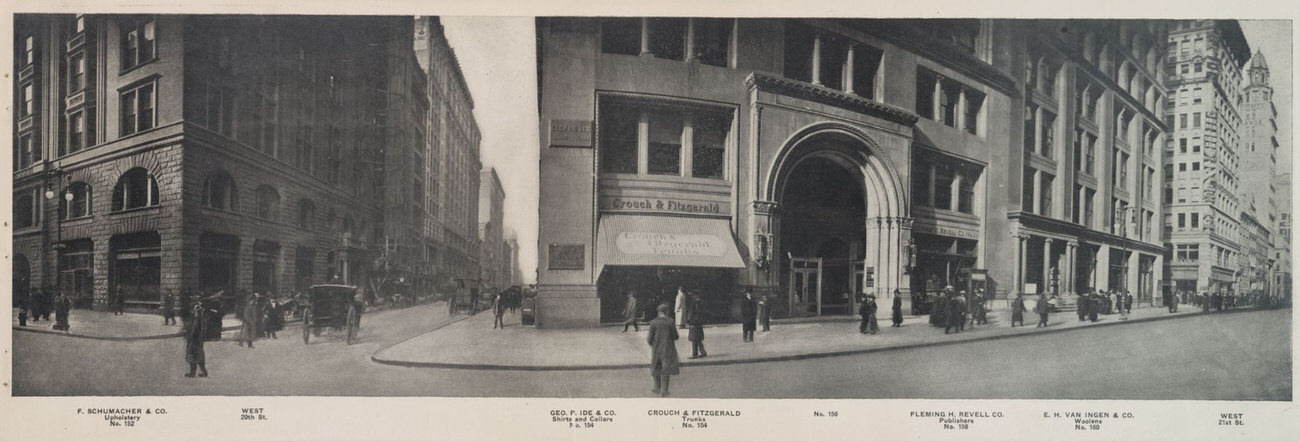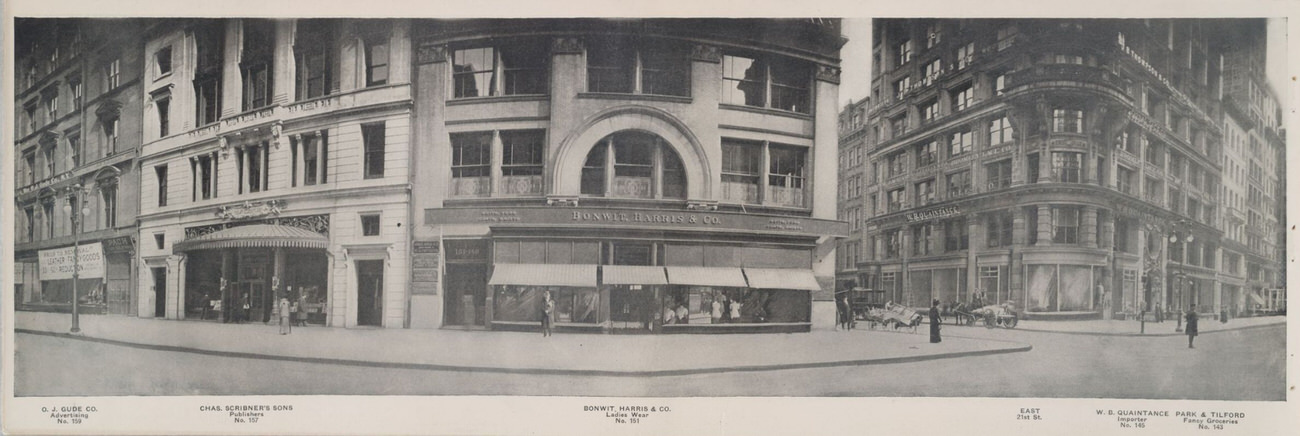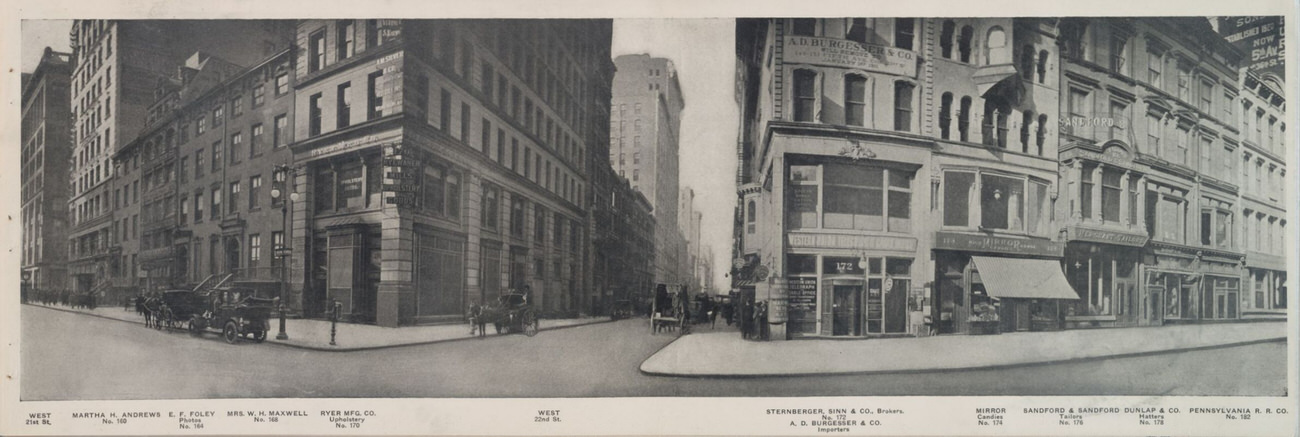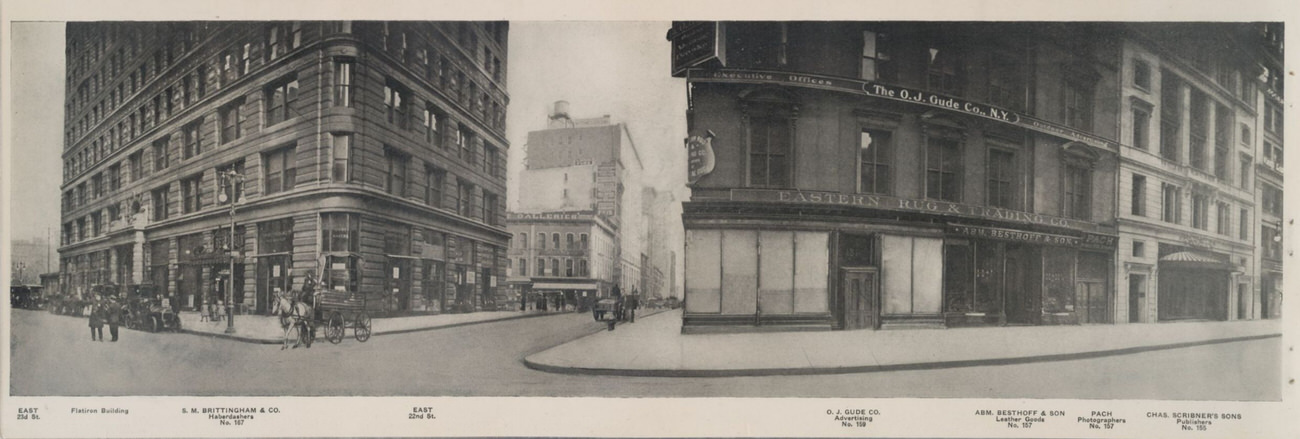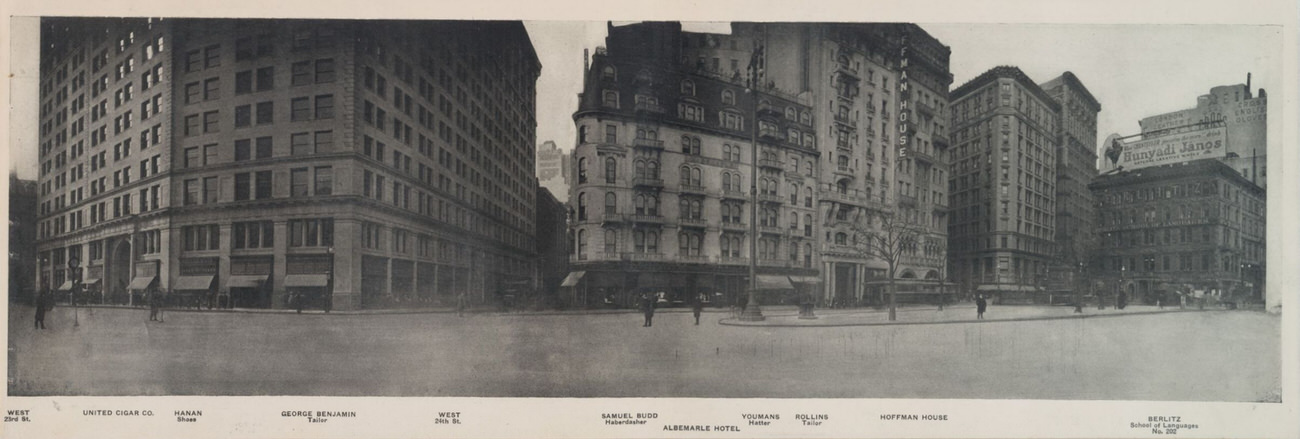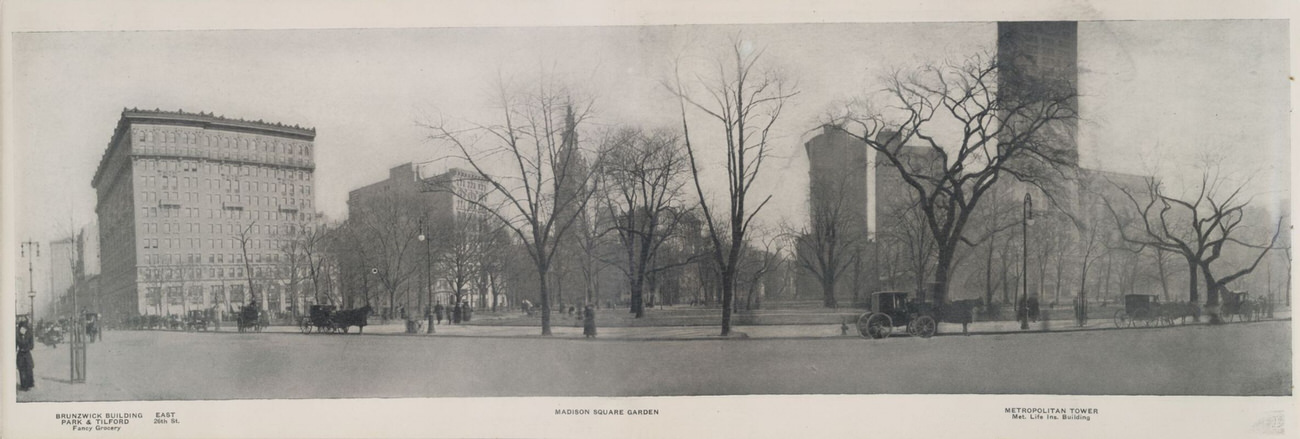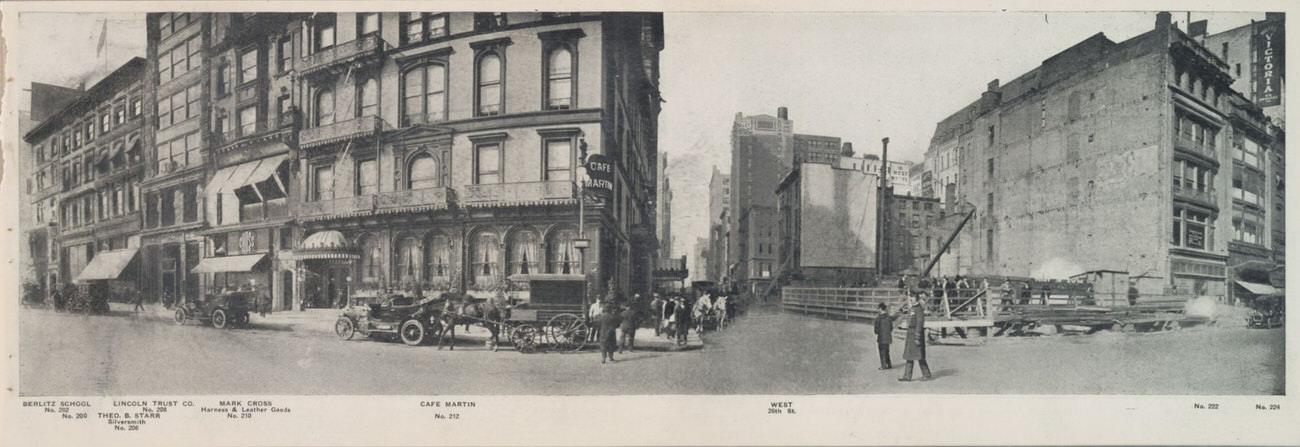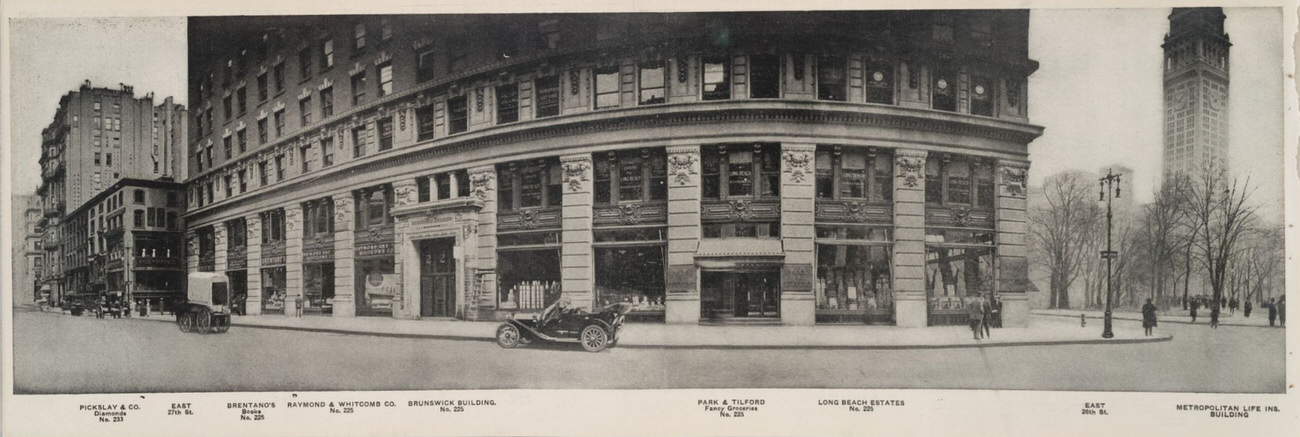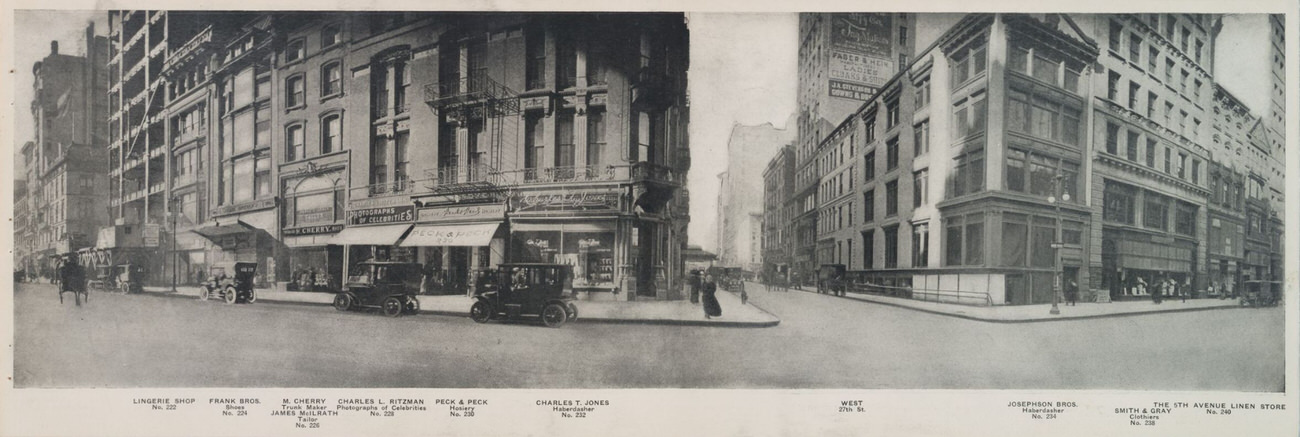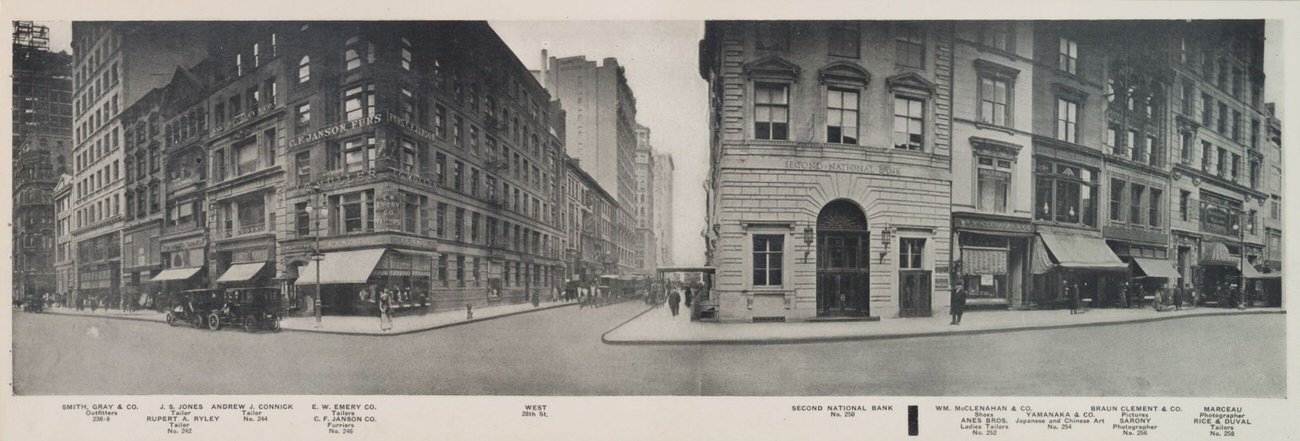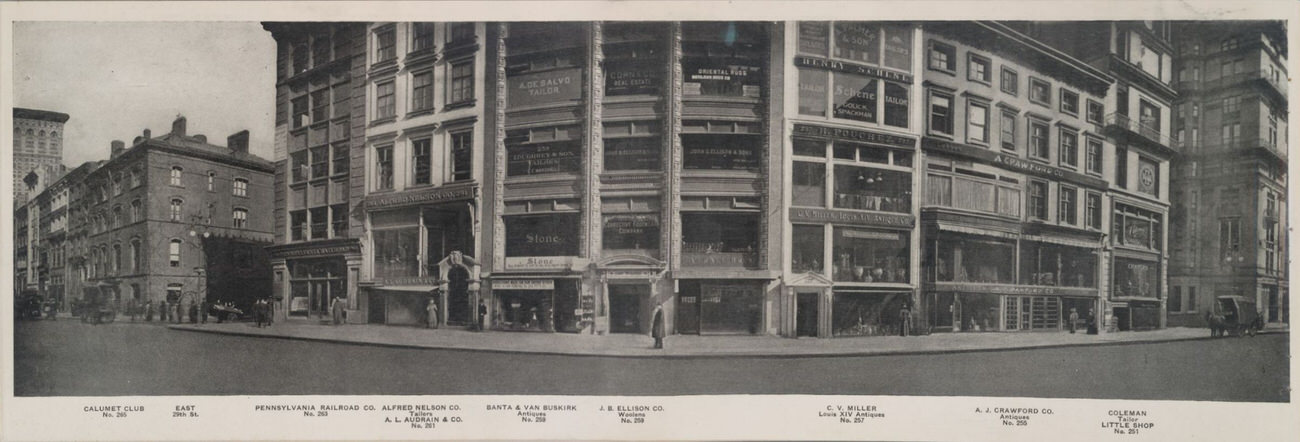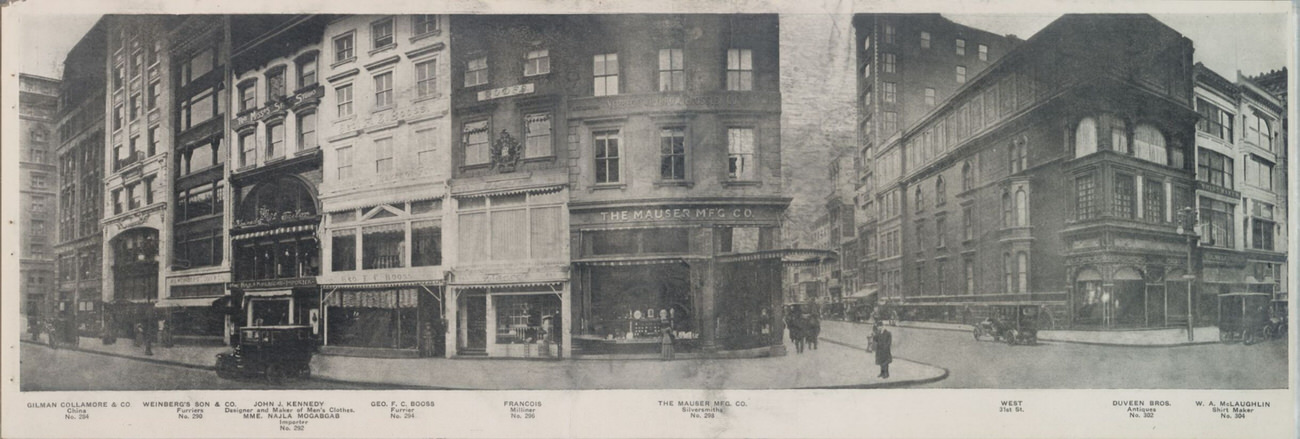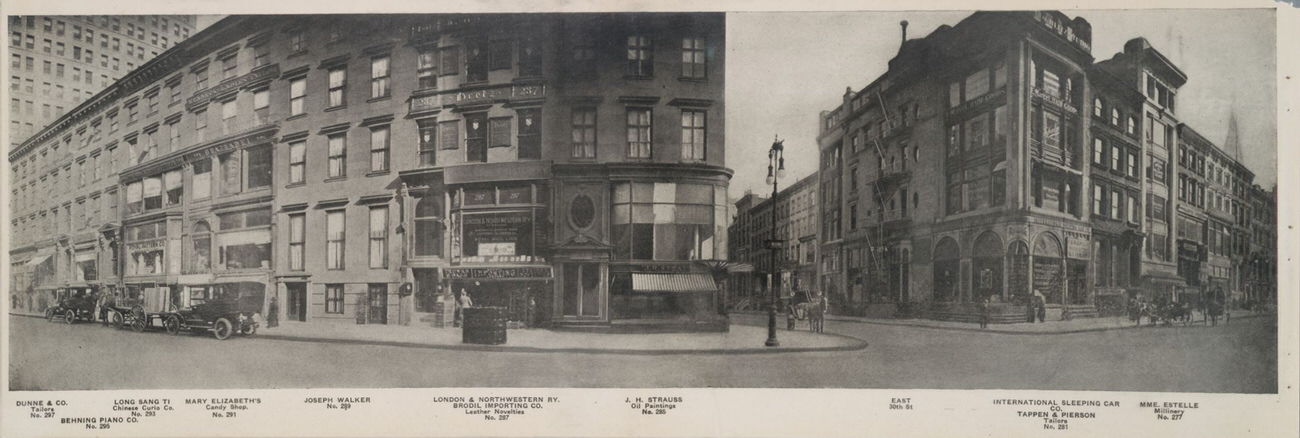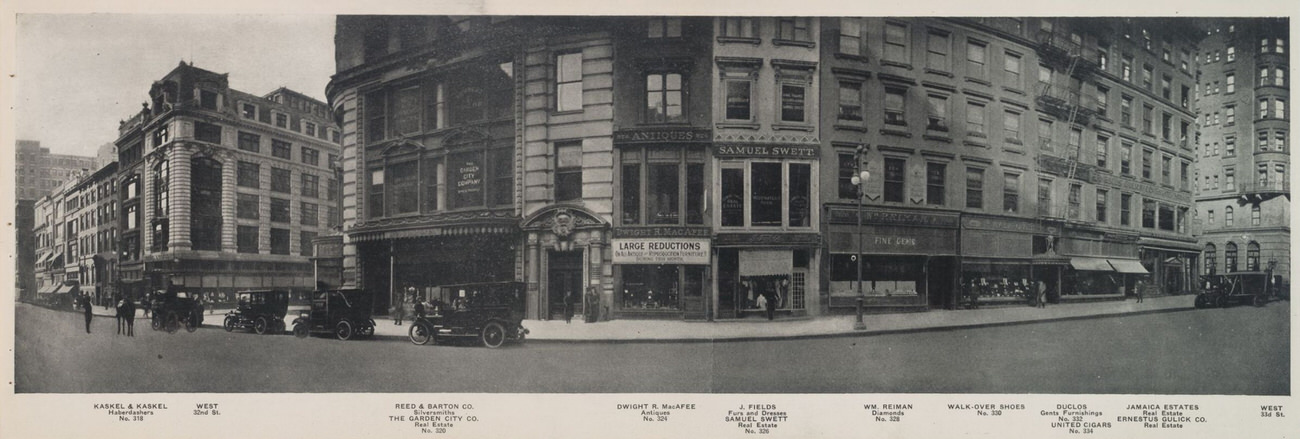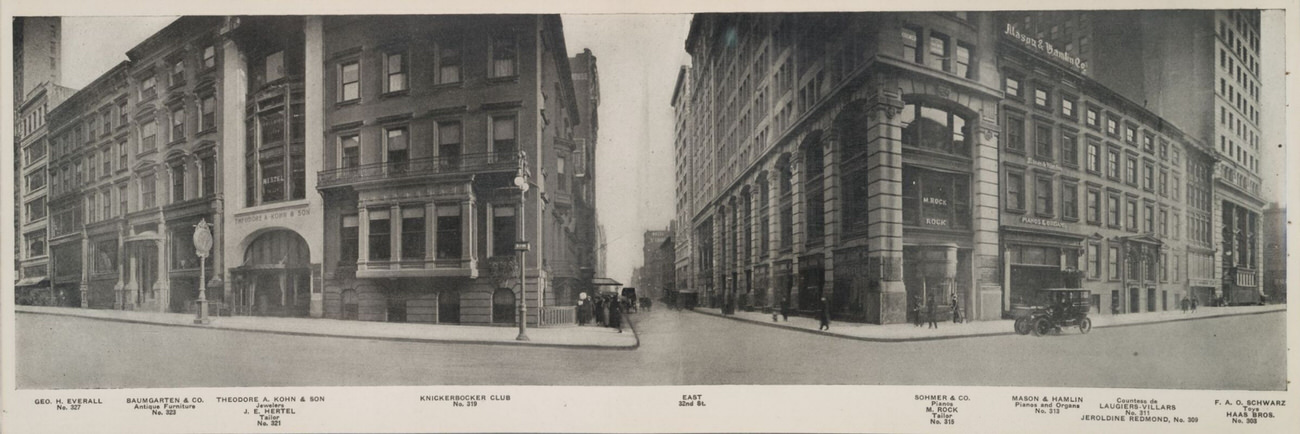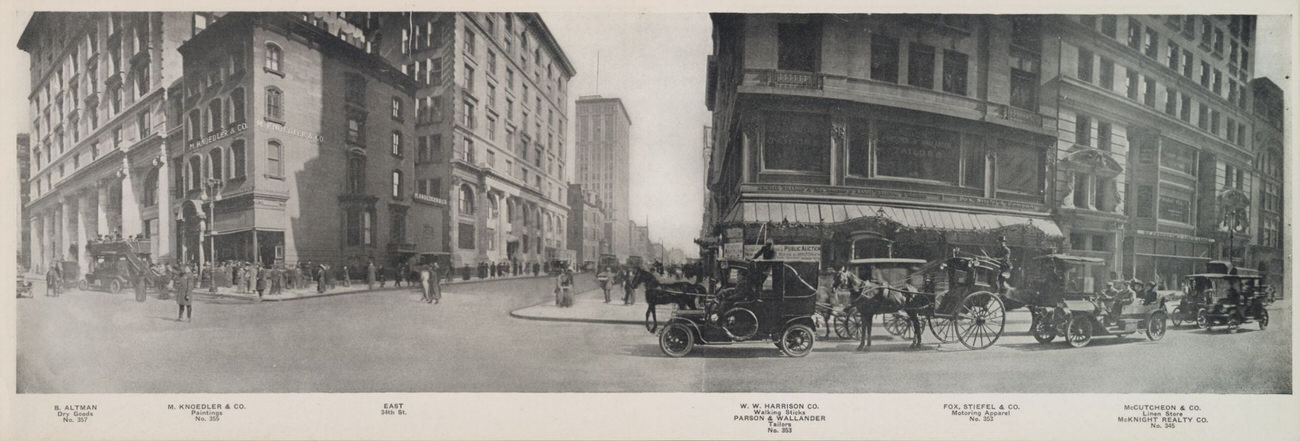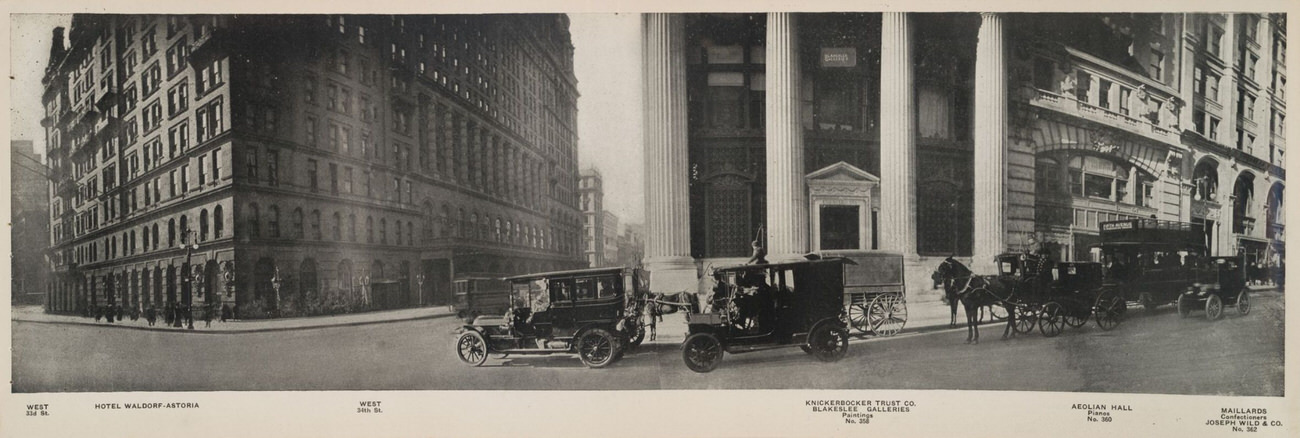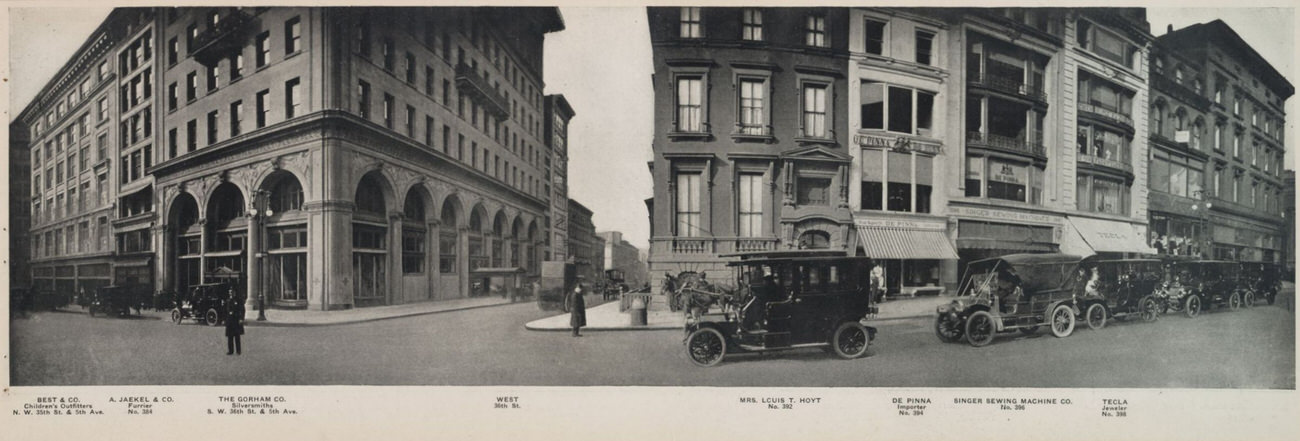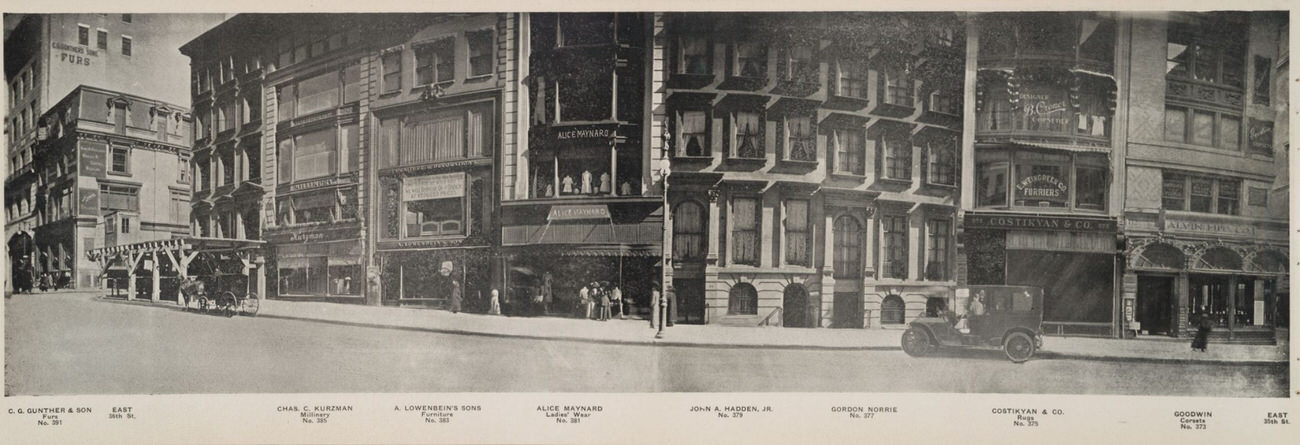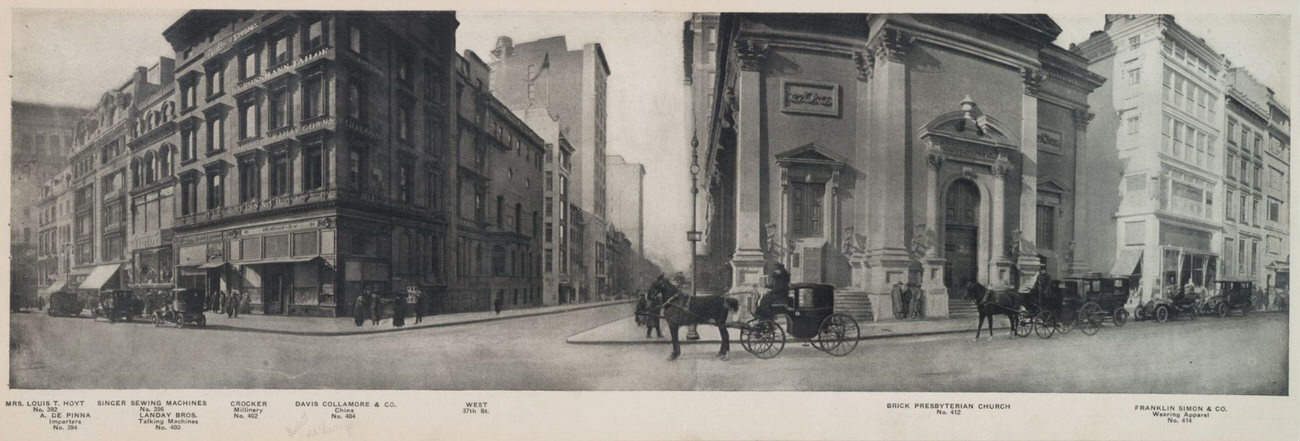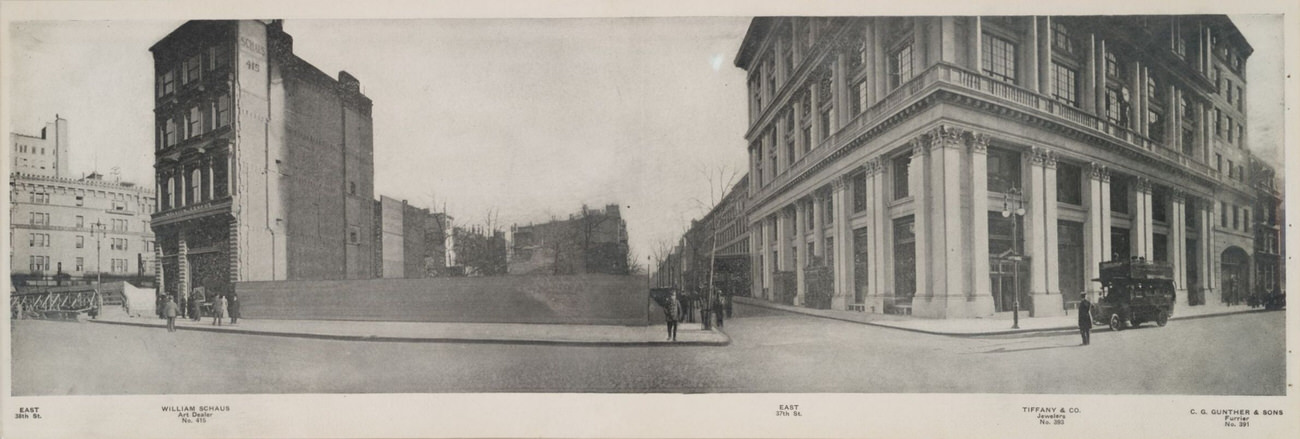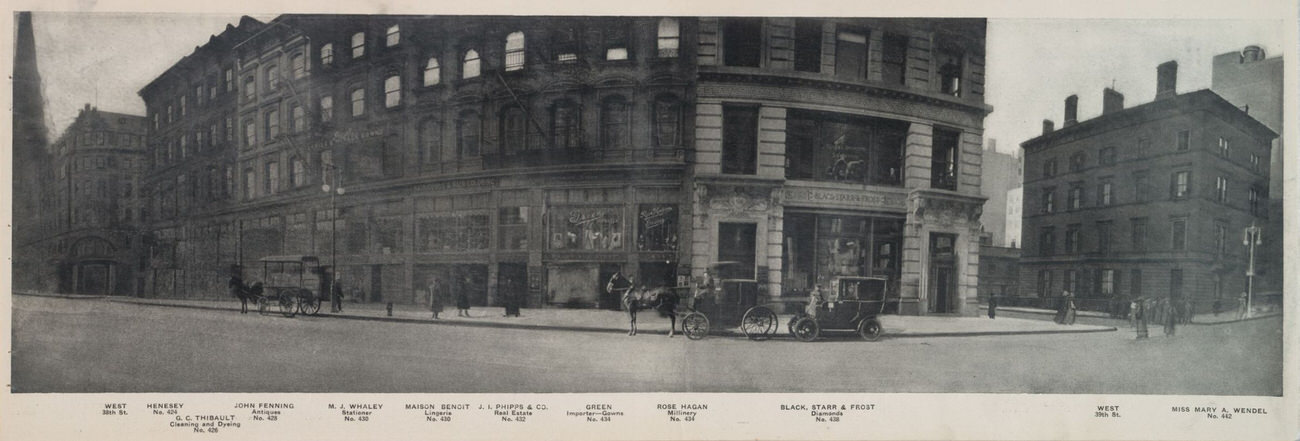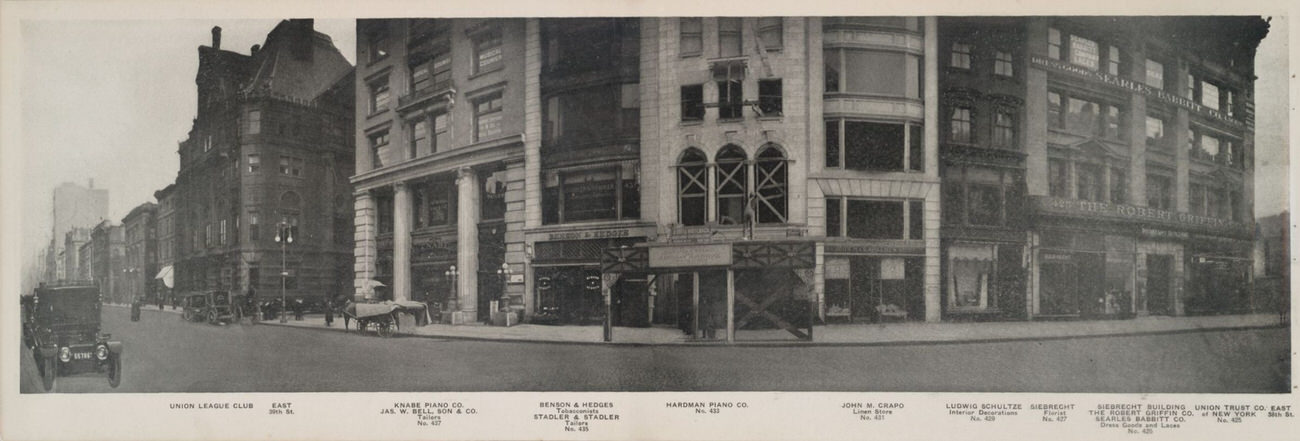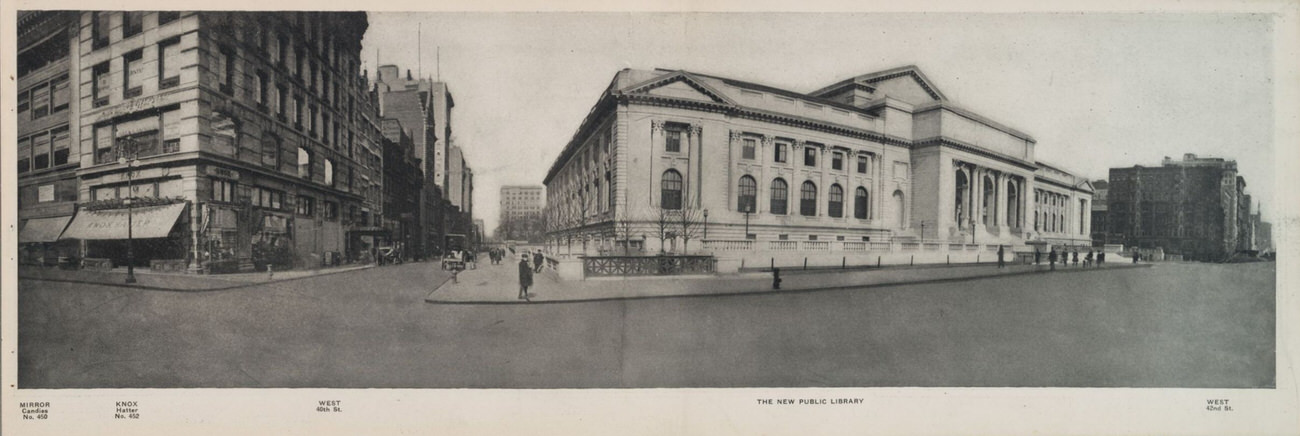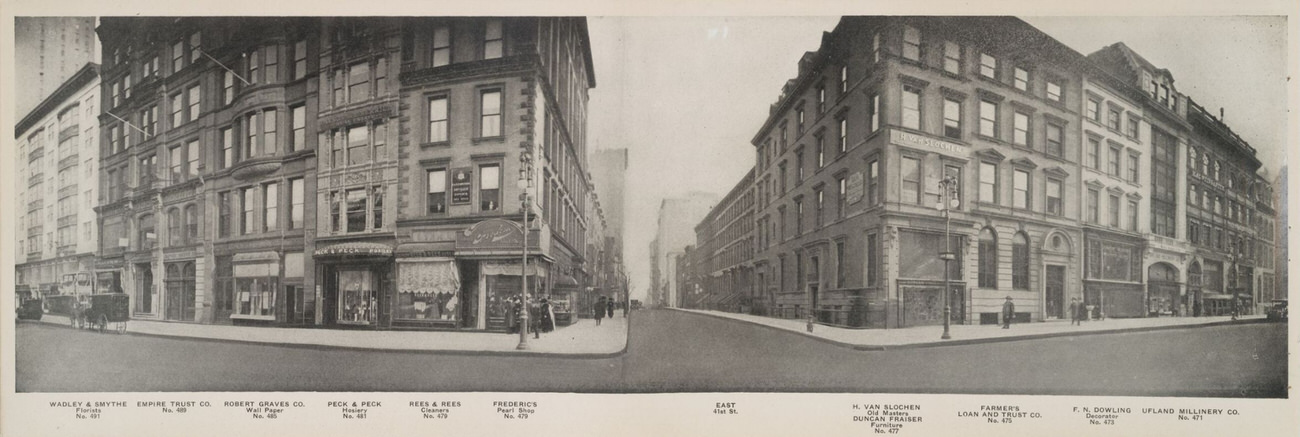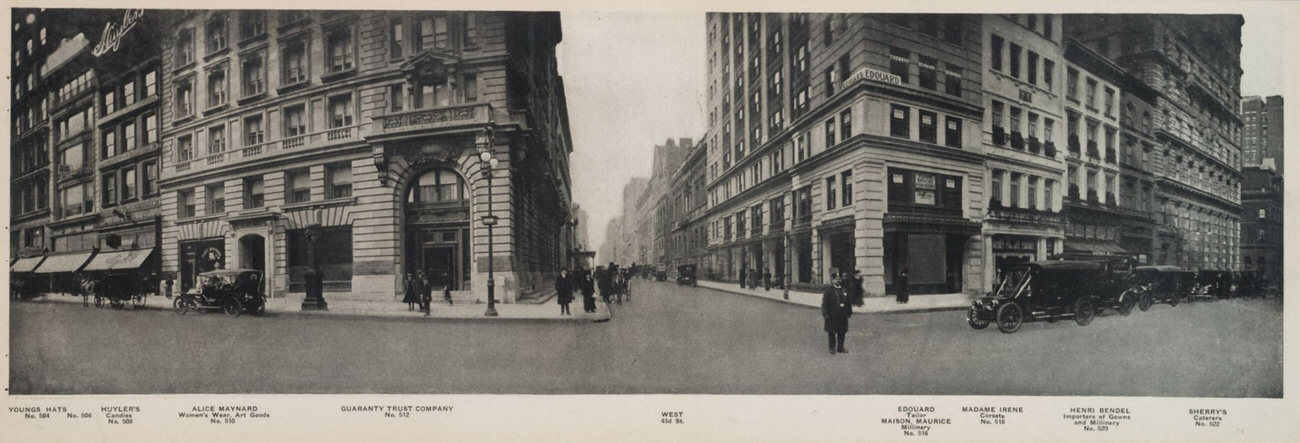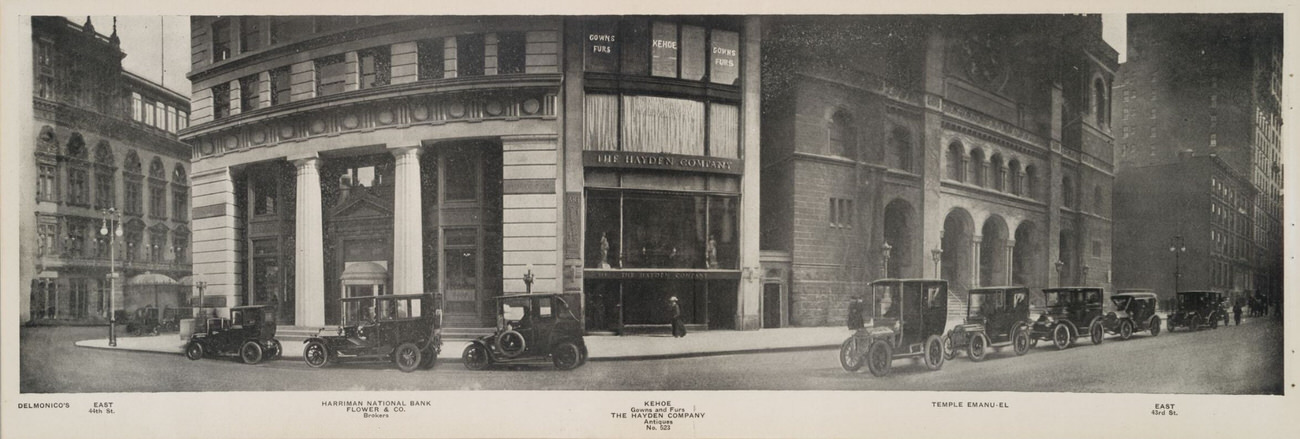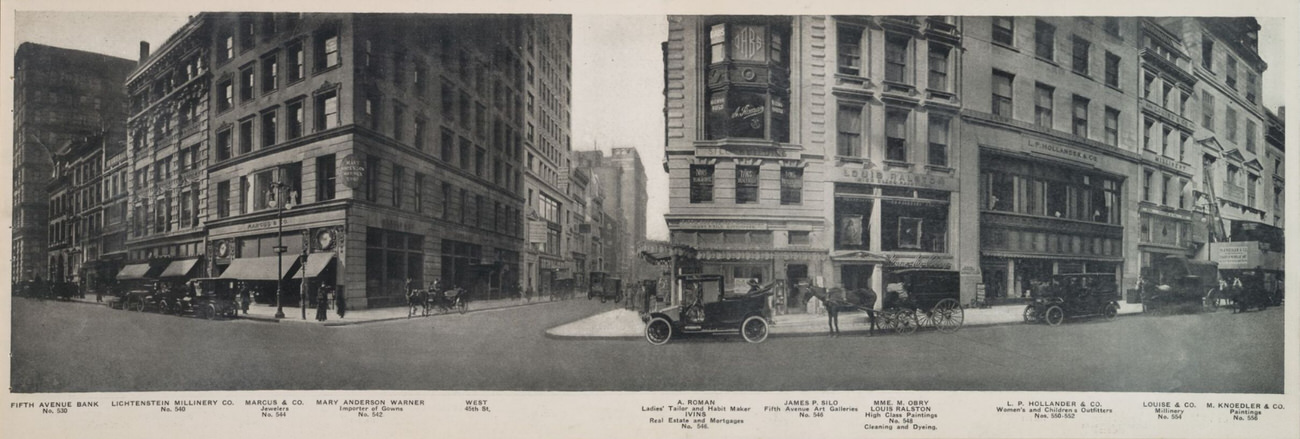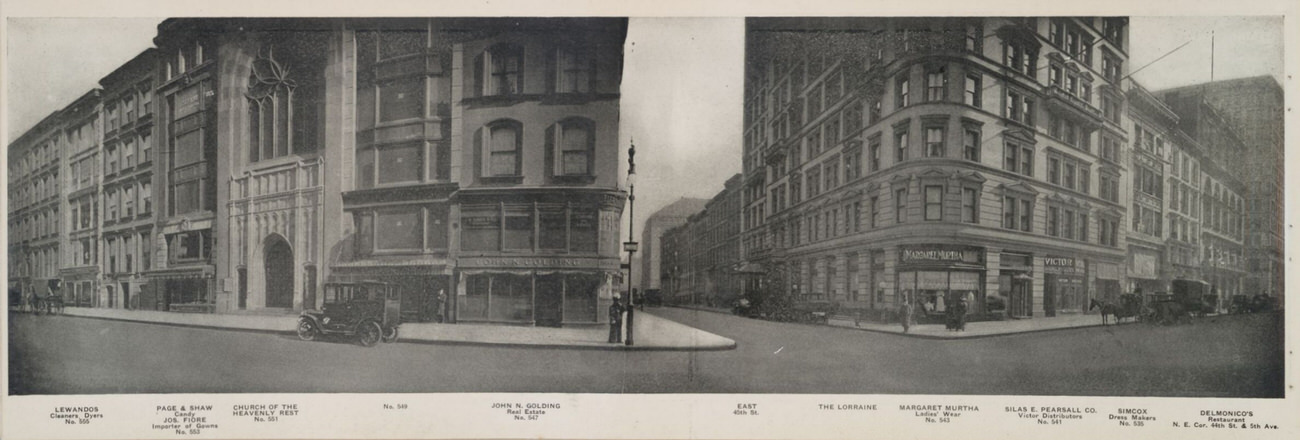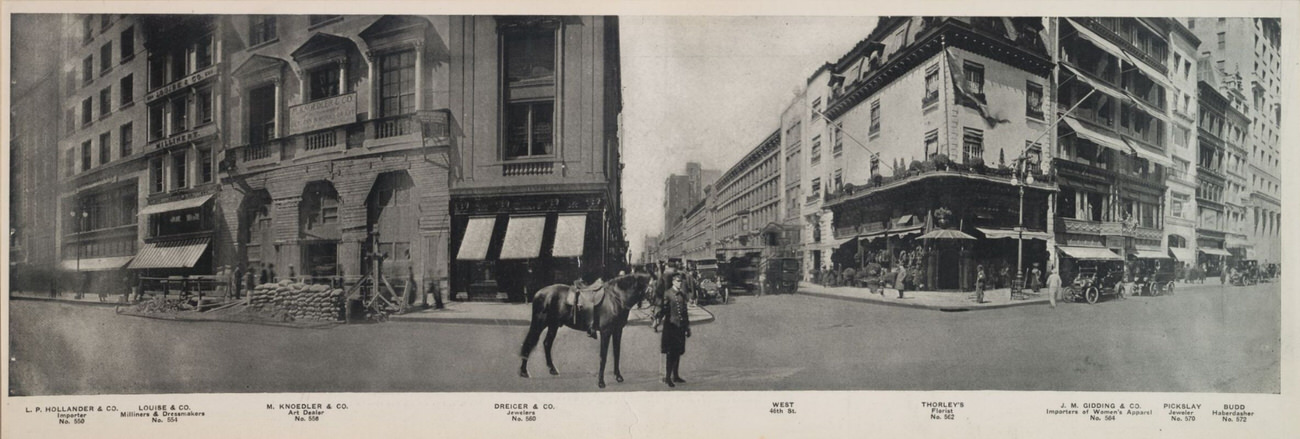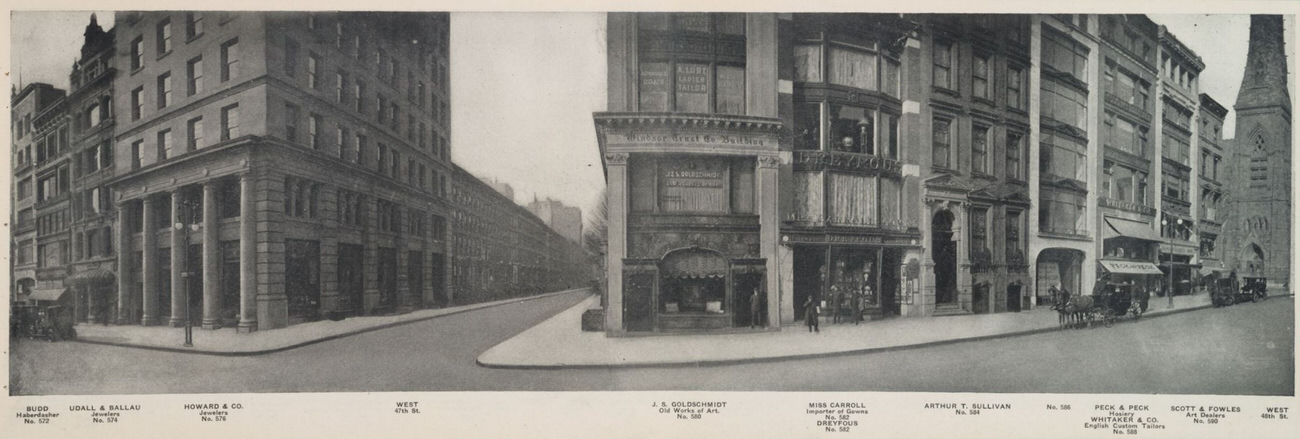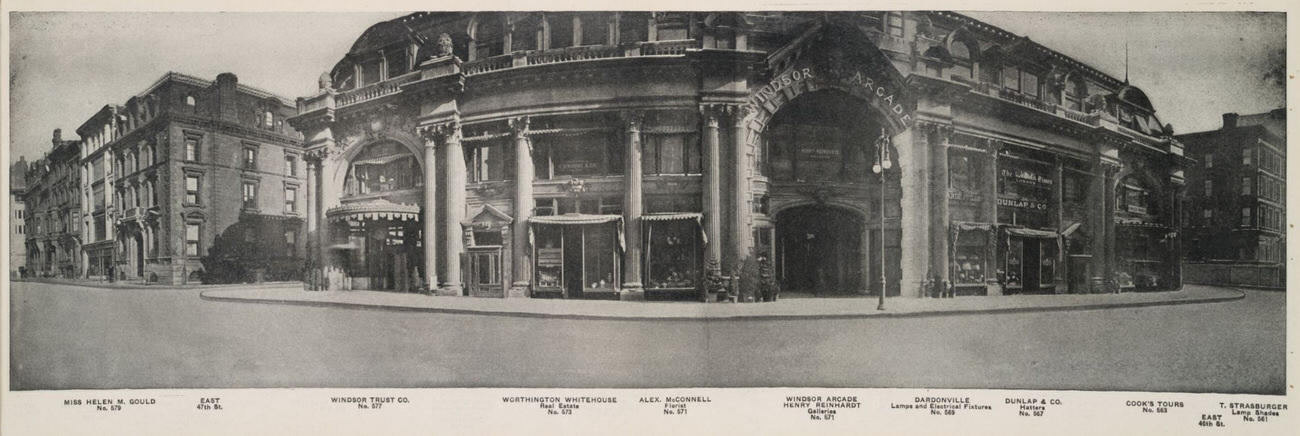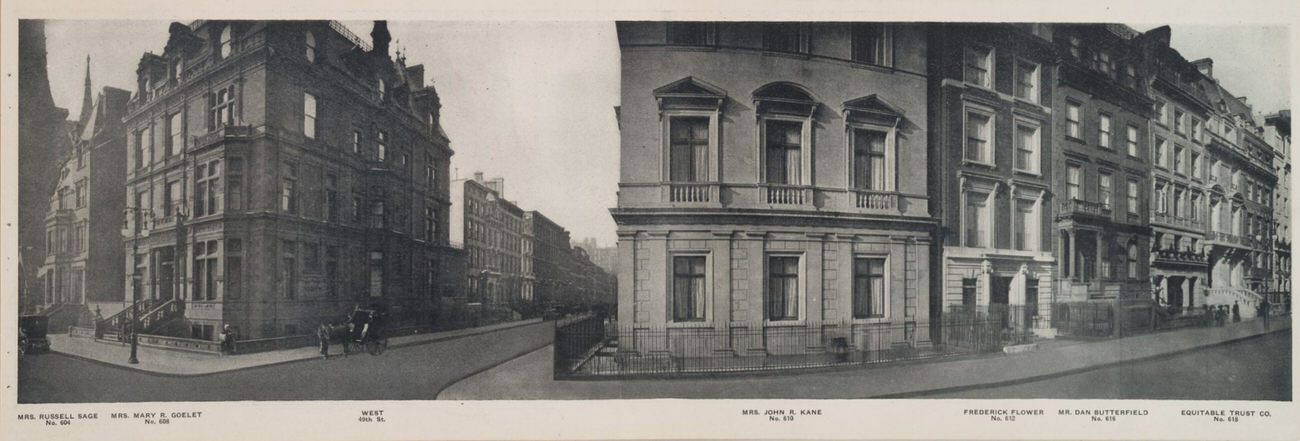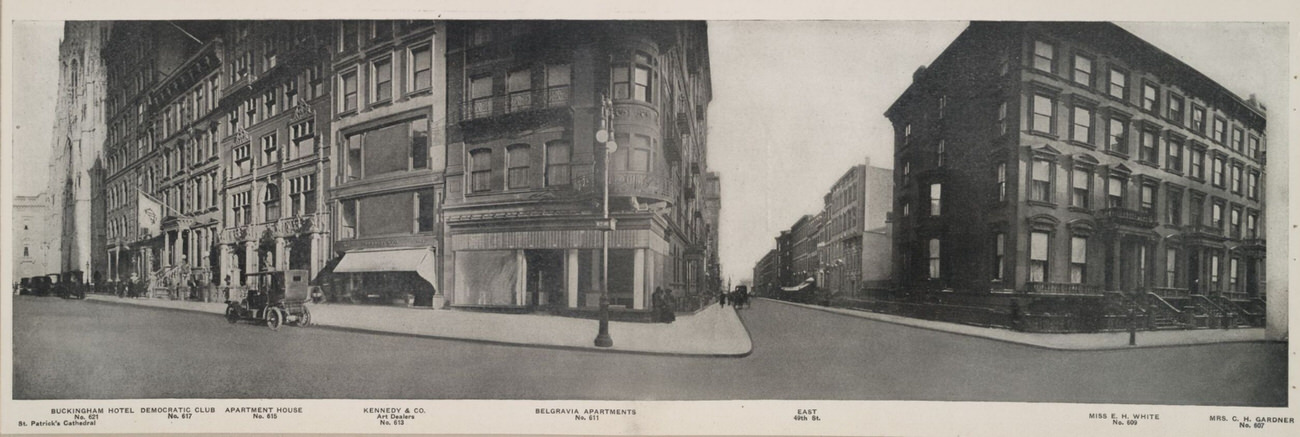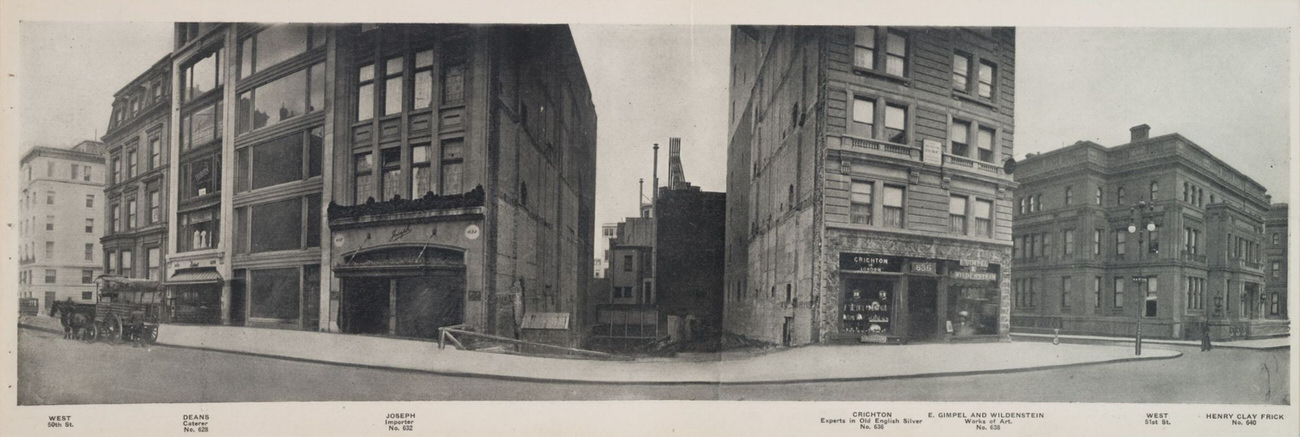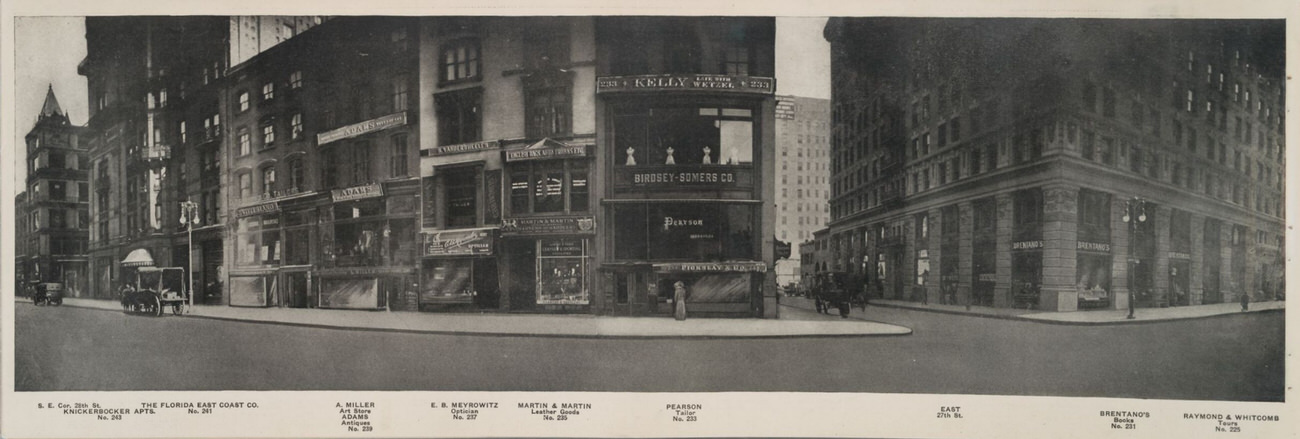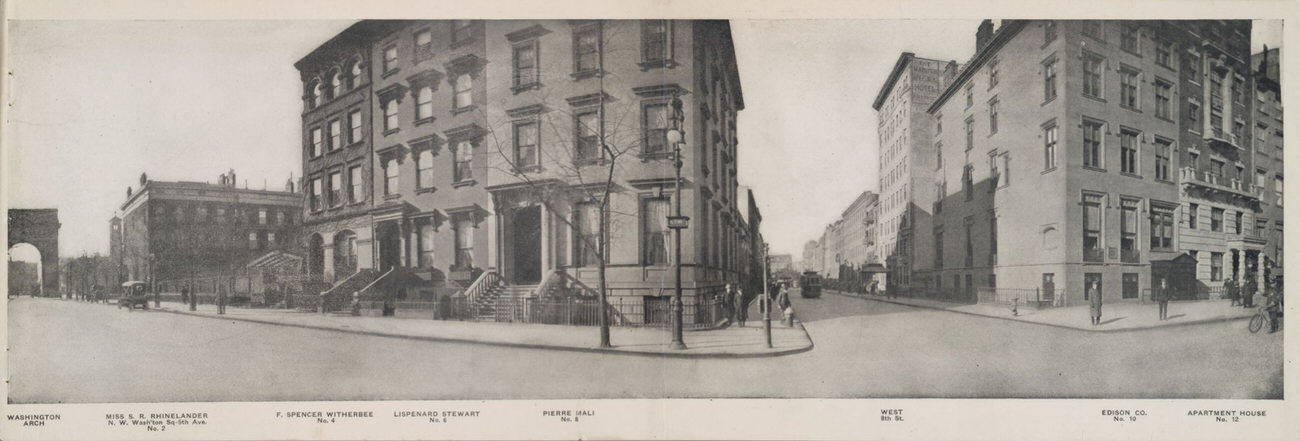Stepping onto Fifth Avenue in 1911 was like entering a world both grand and bustling, where the elegance of the past mingled with the energy of a city on the rise. It was a time of transformation, where horse-drawn carriages shared the road with sputtering automobiles, and grand mansions stood shoulder-to-shoulder with towering new skyscrapers. Let’s take a virtual stroll down this iconic street and uncover the sights and sounds that defined Fifth Avenue over a century ago.
Mansions of the Elite
Fifth Avenue in 1911 was synonymous with wealth and prestige. The stretch known as “Millionaire’s Row” was lined with opulent mansions, amassed by families like the Vanderbilts, Astors, and Carnegies. These elaborate homes, adorned with intricate details and sprawling gardens, showcased the architectural styles of the era, from Beaux-Arts to Italian Renaissance. A walk down this stretch was a glimpse into the lives of New York’s elite, a world of luxury and privilege.
Amidst the mansions, iconic landmarks added to the avenue’s grandeur. The newly opened New York Public Library, with its majestic marble facade and imposing lions guarding the entrance, symbolized the city’s commitment to knowledge and culture. St. Patrick’s Cathedral, a masterpiece of Gothic Revival architecture, stood as a spiritual haven amidst the urban bustle. These landmarks, both old and new, contributed to the unique character of Fifth Avenue, a blend of history and ambition.
A Shopper’s Paradise
Fifth Avenue was not only a showcase of wealth and architecture but also a bustling commercial center. Department stores like Lord & Taylor and B. Altman & Company attracted shoppers with their lavish window displays and wide array of goods. The avenue was a fashionista’s dream, offering the latest styles from Paris and London. The air buzzed with the excitement of shoppers browsing the latest trends, their conversations mingling with the clip-clop of horse hooves and the rumble of early automobiles.
Beyond shopping, Fifth Avenue was a place to see and be seen. Ladies in elegant gowns and hats promenaded along the sidewalks, while gentlemen in tailored suits strolled arm-in-arm, discussing business and politics. The avenue was a stage for social interactions, a place where New Yorkers displayed their wealth and status. Cafés and restaurants offered a respite from the bustling crowds, providing a space for leisurely lunches and afternoon teas.


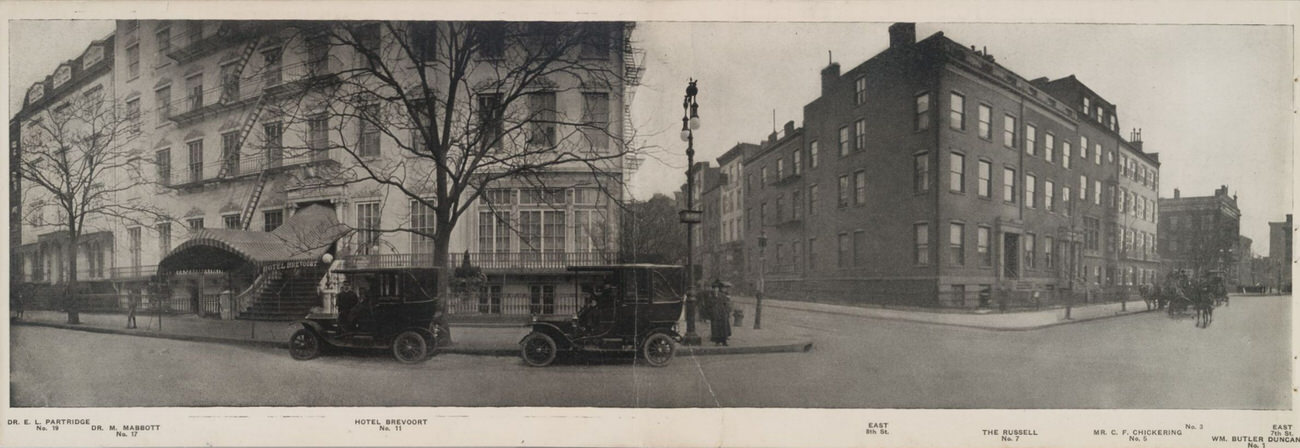
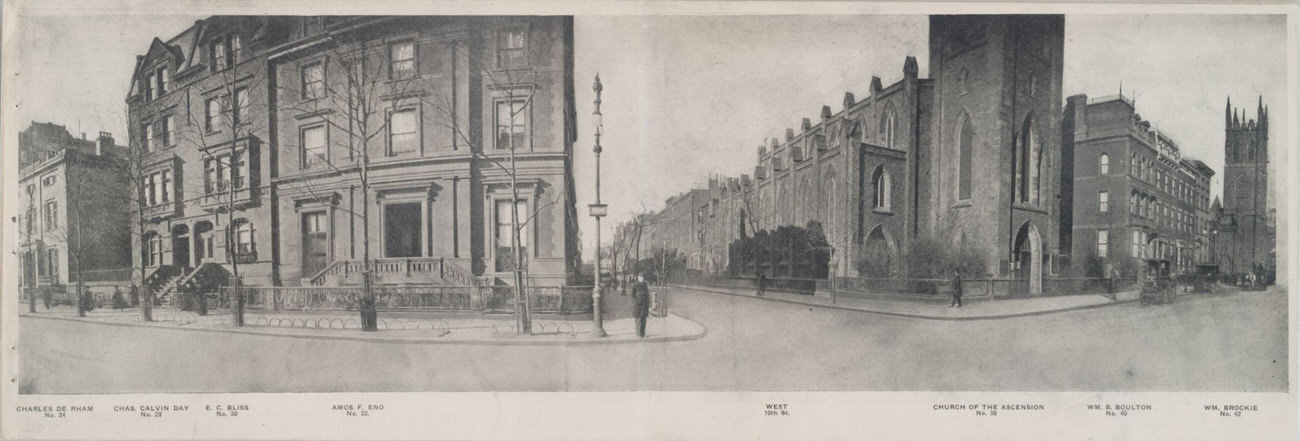
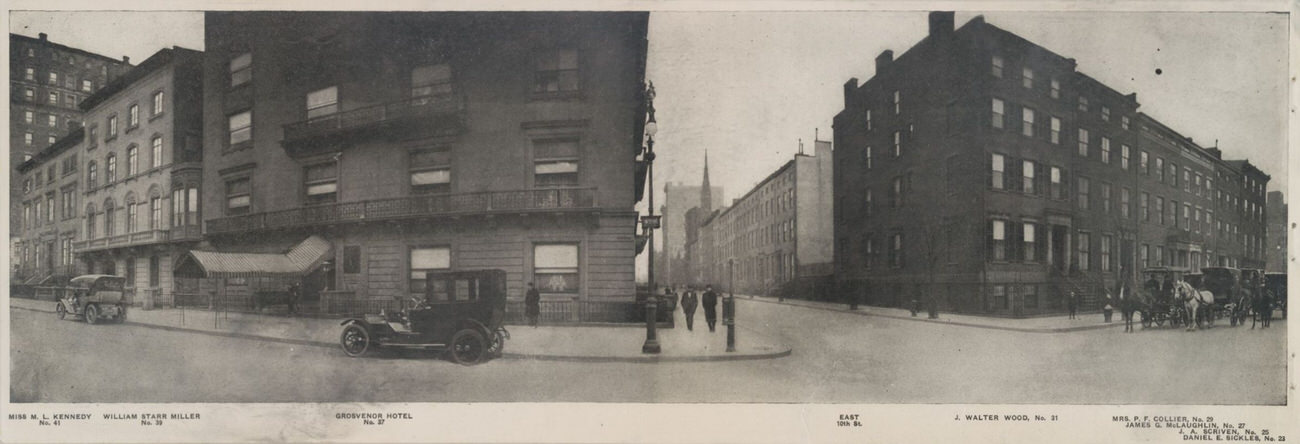
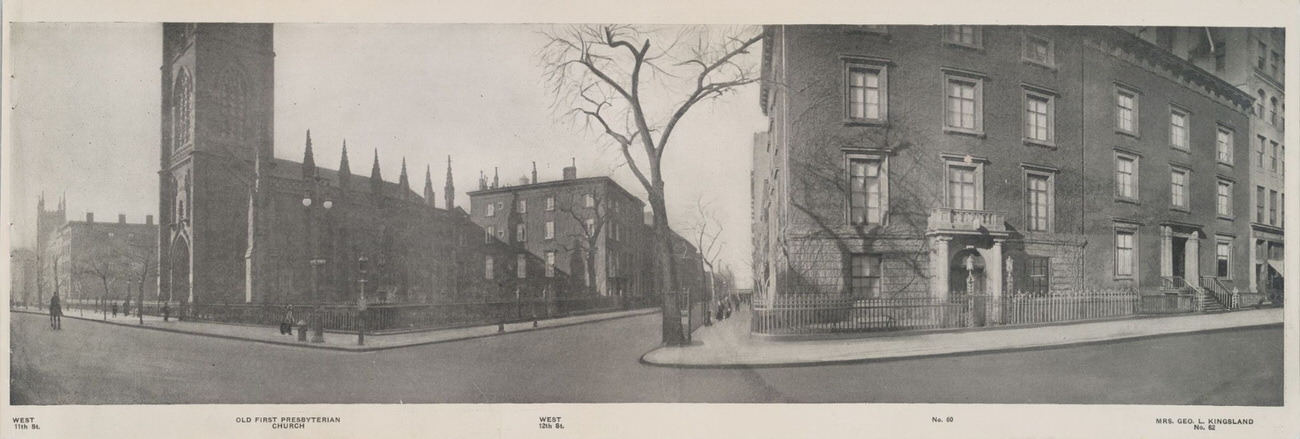
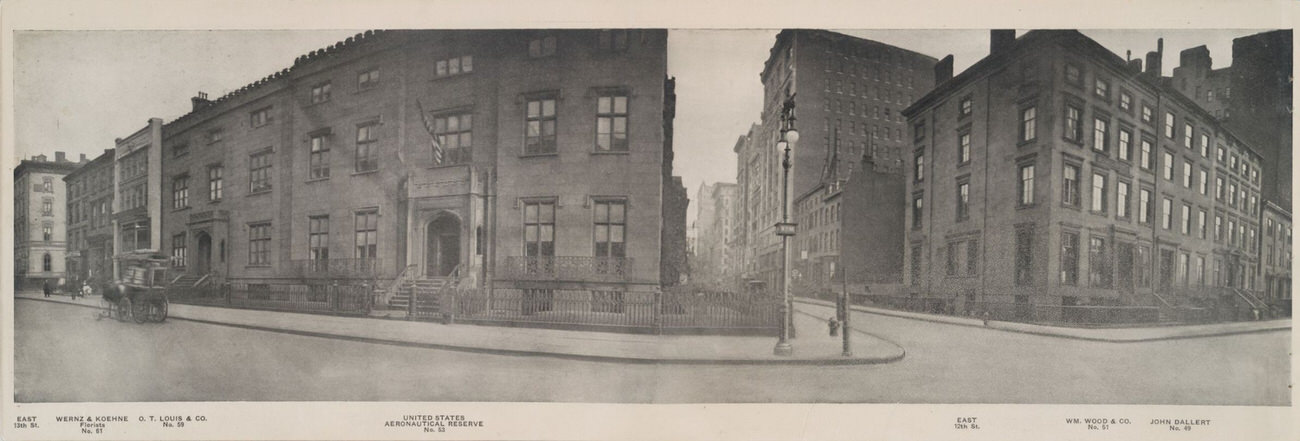

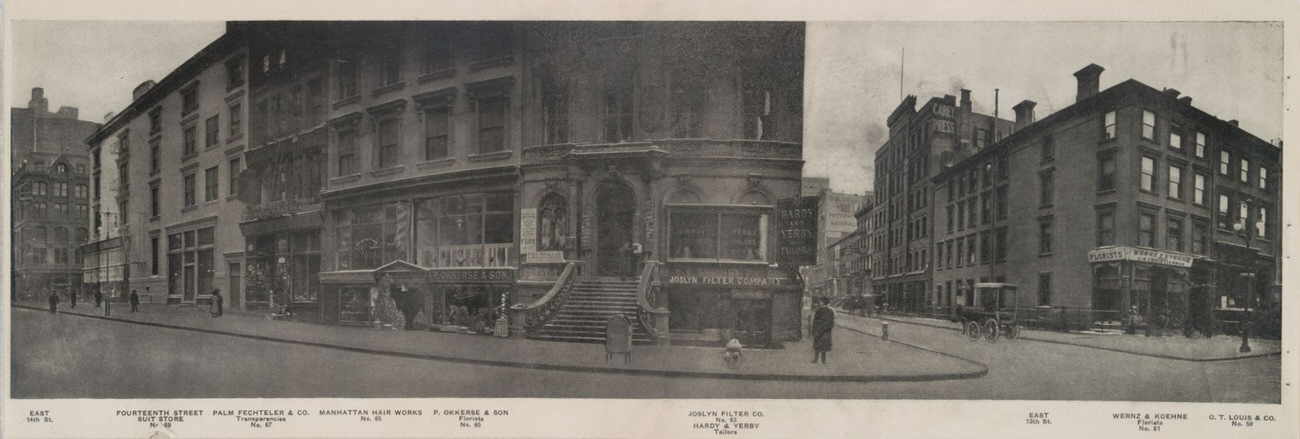
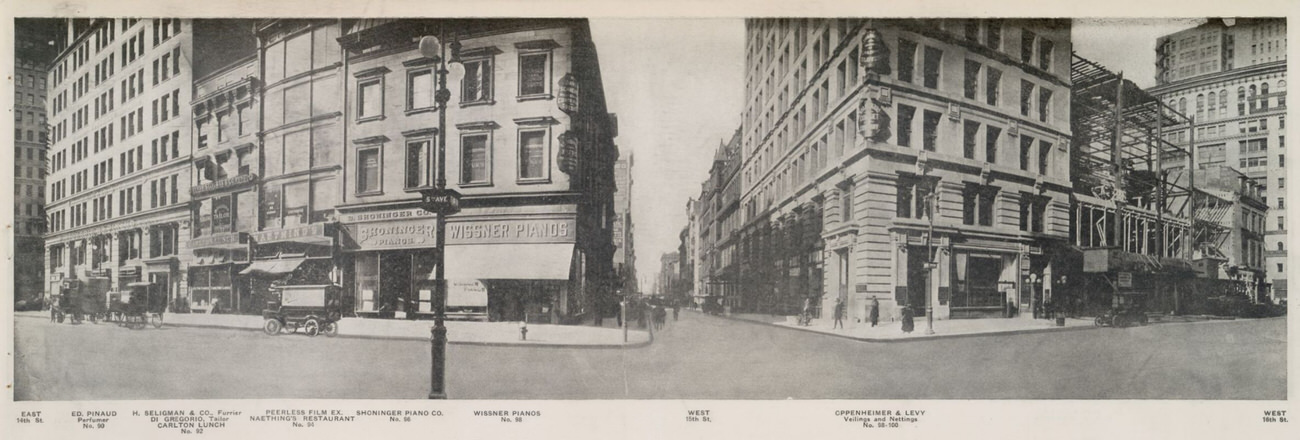
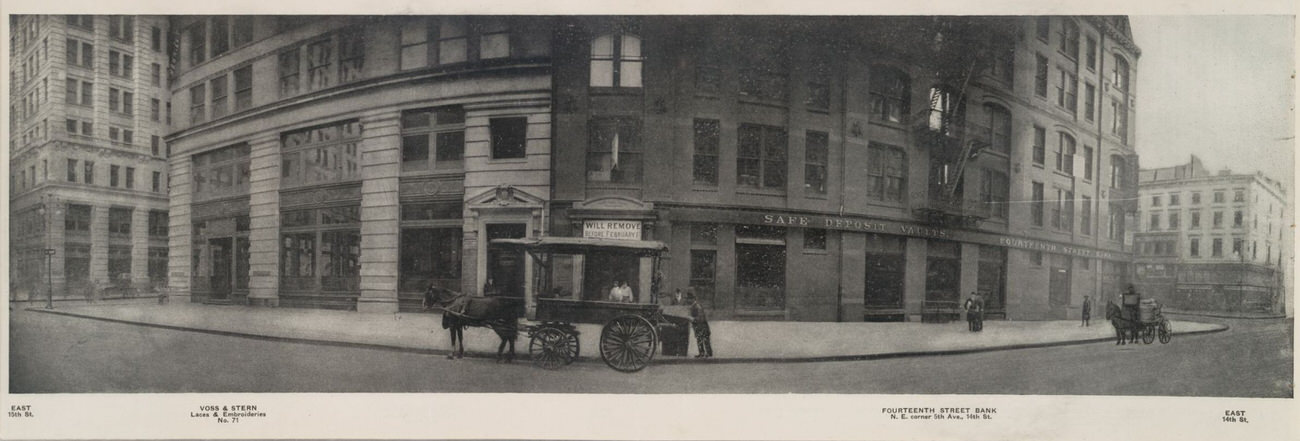
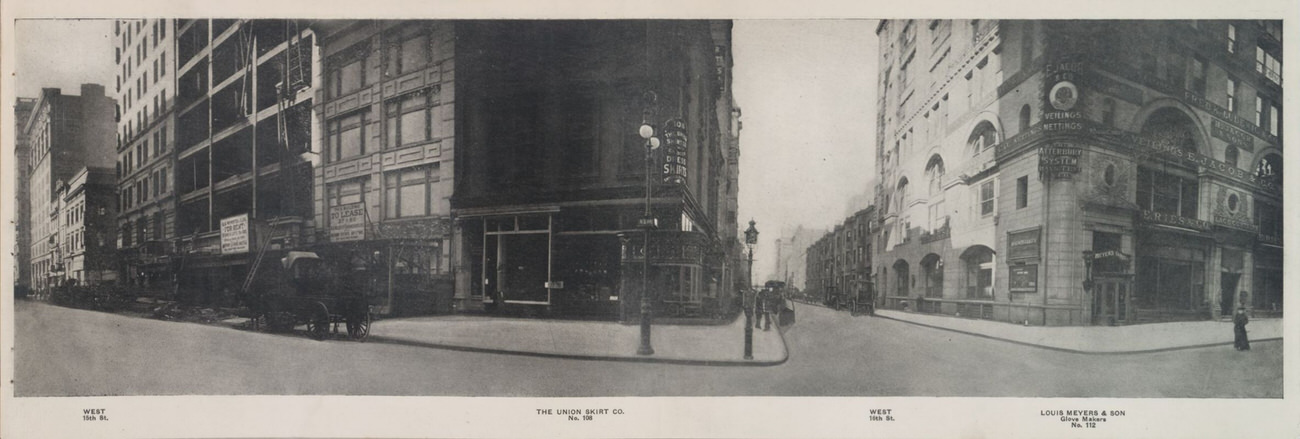
![[East 16Th Street] No. 79 Stern &Amp;Amp; Stern - Houghton Mifflin Co. - Marshall Field &Amp;Amp; Co. - Julius Strauss, Laces](https://seeoldnyc.com/wp-content/uploads/2024/08/Fifth_Avenue_Panoramic_1910s_12.jpg)
